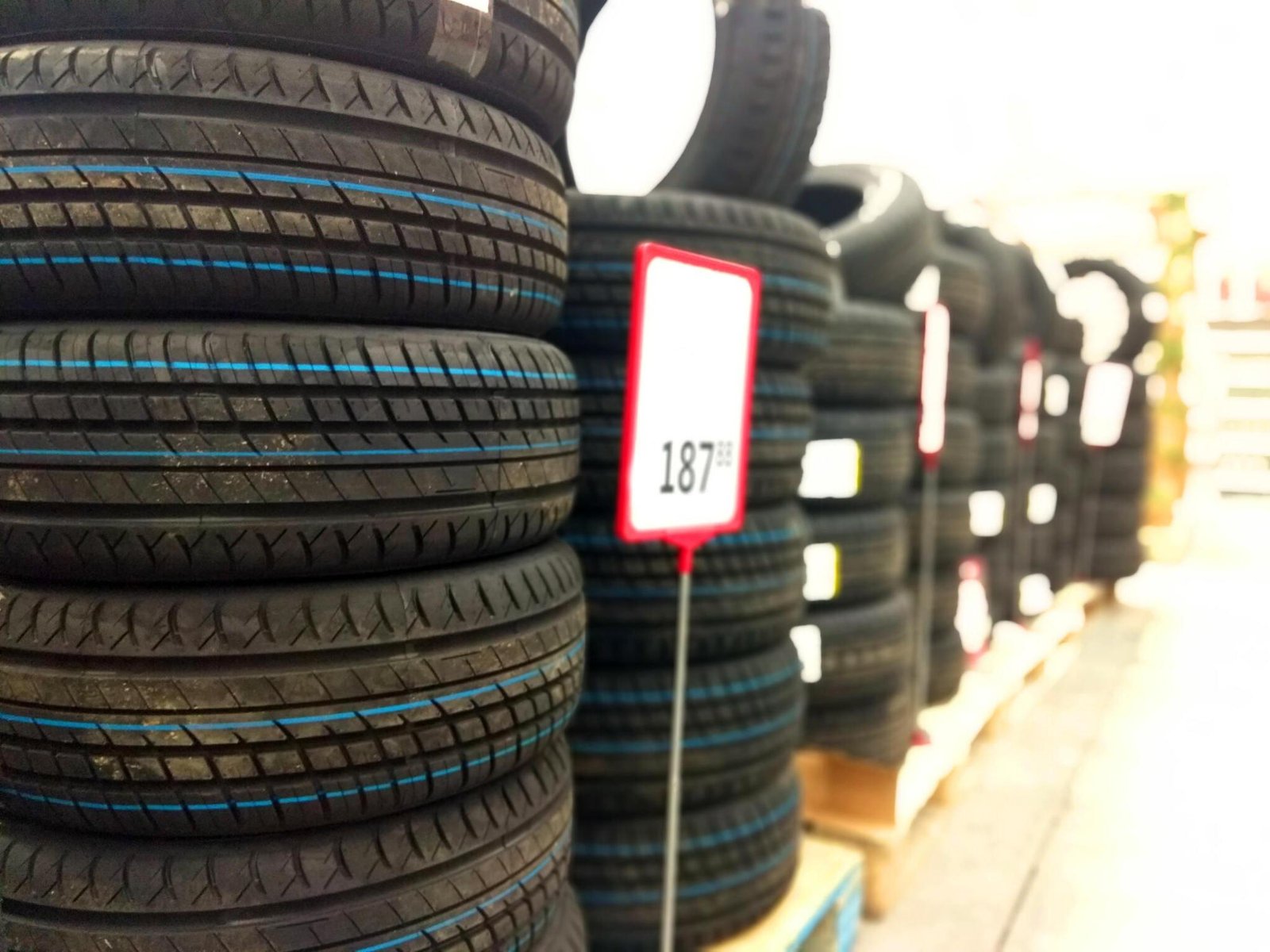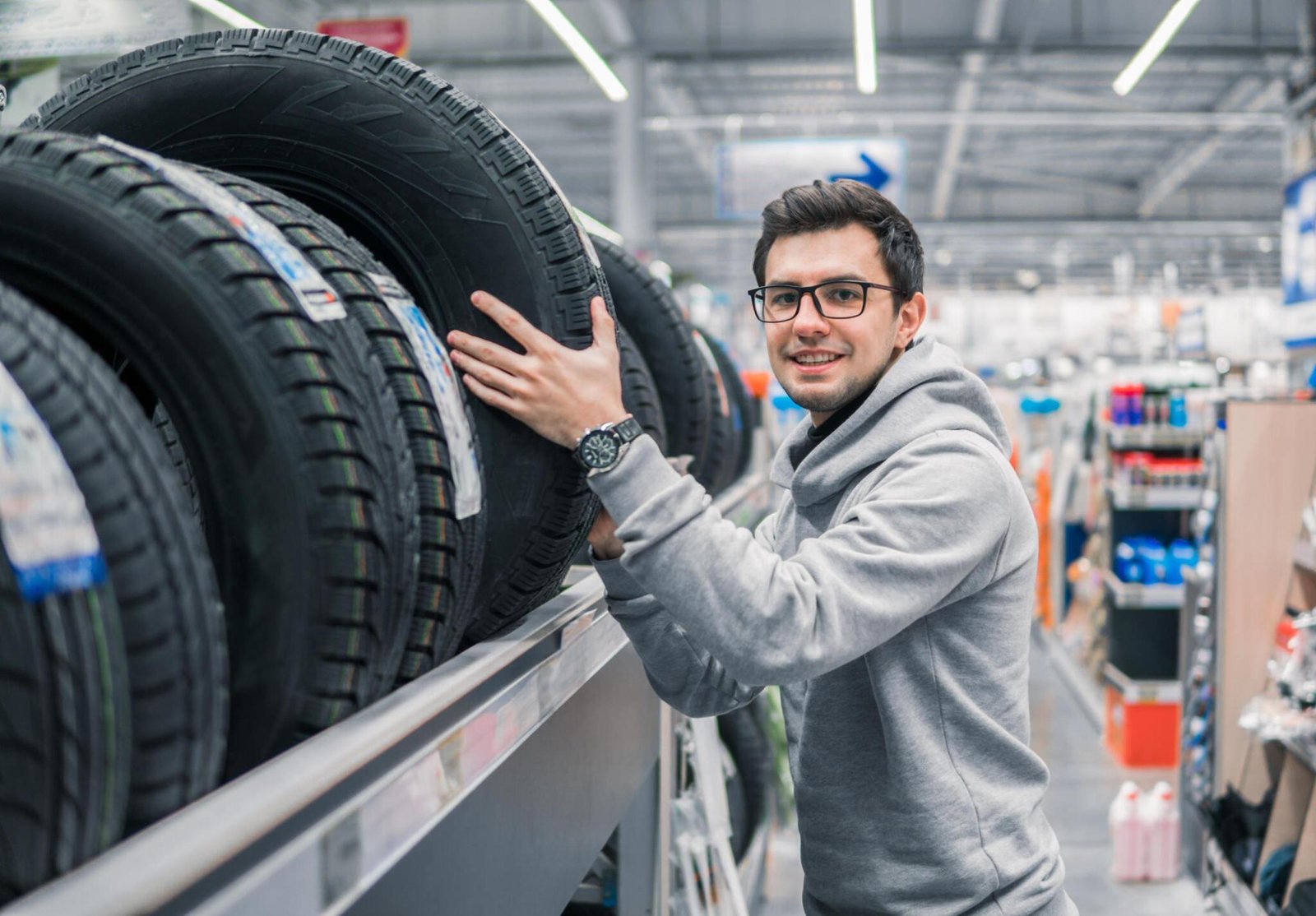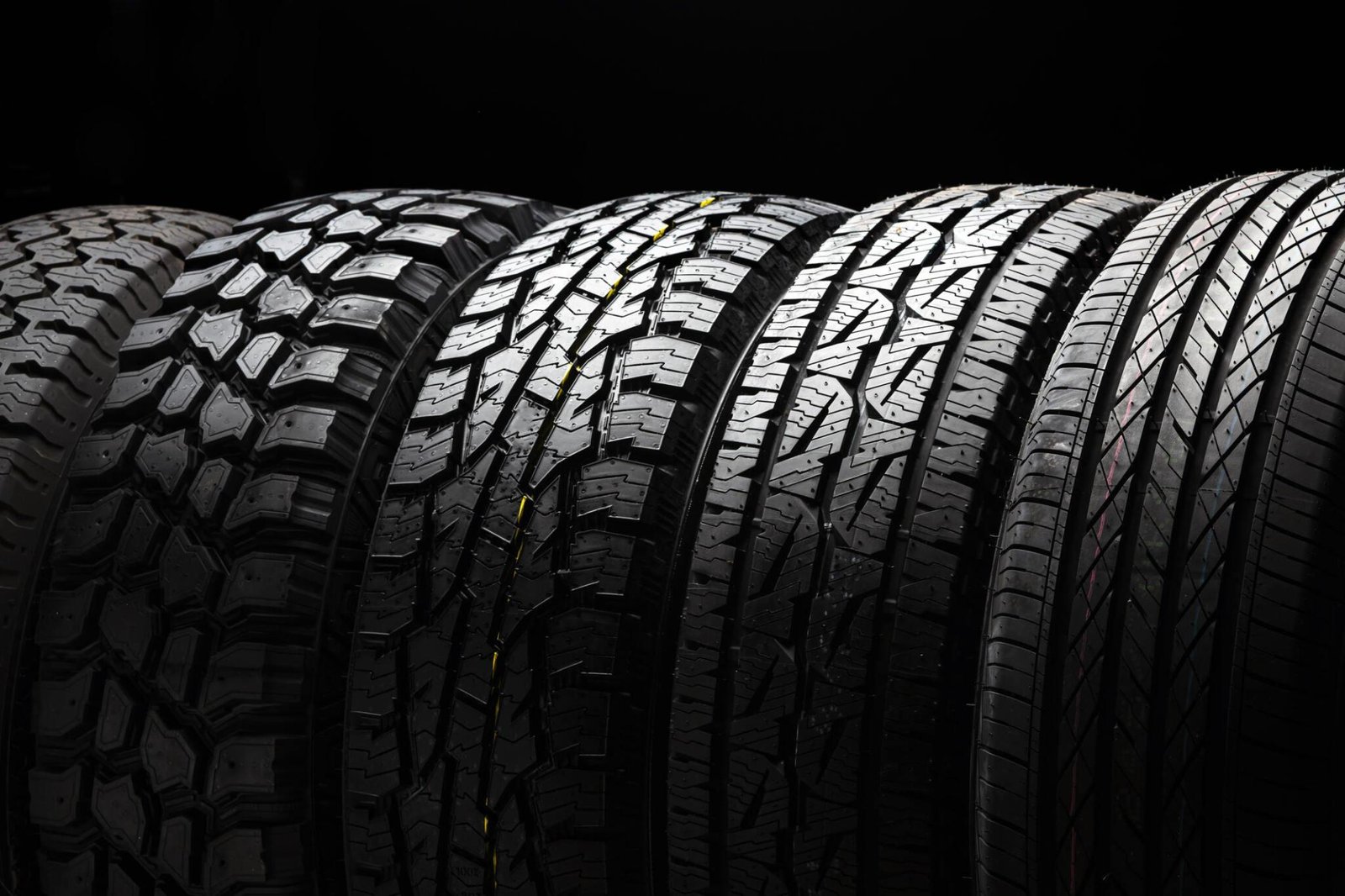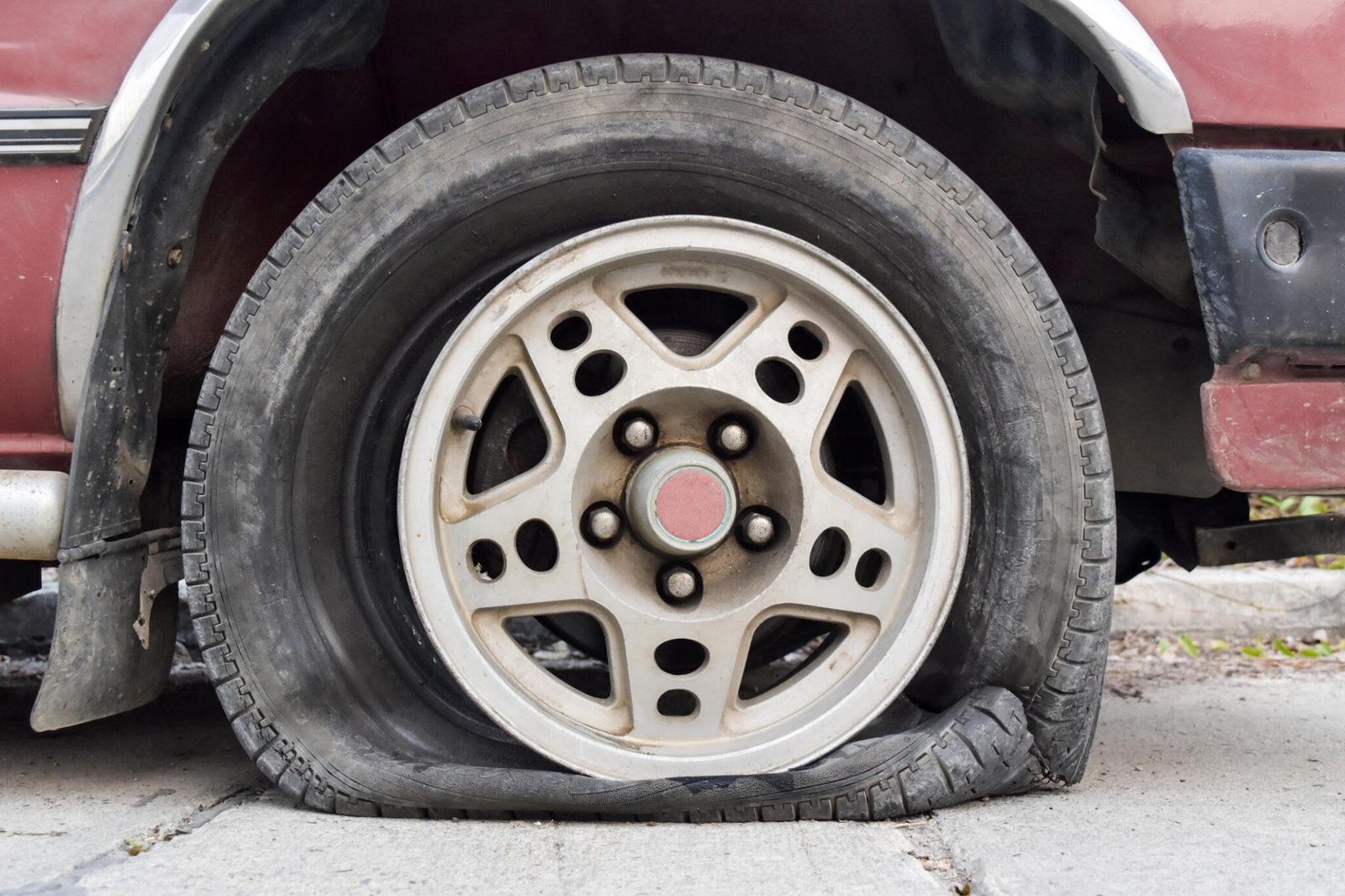Last Updated on September 27, 2023
Understanding Tire Wear Patterns and How to Stay Safe
Your tires are the unsung heroes of your vehicle, providing the grip and stability needed for a safe and smooth ride. However, over time, they undergo wear and tear that can impact your driving experience and safety. Understanding tire wear patterns is essential for maintaining your tires and ensuring a secure journey. In this comprehensive guide, we’ll delve into the world of tire wear, exploring the different signs, causes, and crucial maintenance tips to keep you safe on the road. Let’s decode the language of tire wear and pave the way for a safer journey.
The Vital Role of Tire Tread
Today’s tread on your tires is where most technology innovations happen. Tread designs and patterns are constructed to handle various weather conditions, handling, and durability. Regardless of the type of tire you drive on, whether it’s high-performance, all-season, or snow tire, the tread will wear over time, and the wear on each tire will be different.
National Tire Safety Week: A Recap on Safety Aspects
In the past week, we’ve covered many safety aspects of proper tire use and maintenance, all to support National Tire Safety Week. All of them revolve around protecting the tread on your tires. Improper tire inflation can lead to problematic wear on various areas of the tire; proper alignment helps with handling and even tread wear, and rotating your tires allows for even wear across tires that get uneven treatment while driving.

6 Common Signs of Tire Wear
Tire wear doesn’t happen uniformly, and recognizing the signs can help you address issues before they become safety hazards. Here are some common symptoms of tire wear:
1. Tread Depth Reduction
- Sign: Shallow treads are revealed when measuring the tread depth using a tread depth gauge or the “penny test.” In the “penny test,” if you can see the top of Lincoln’s head when the penny is inserted into the tread groove, it indicates shallow treads.
- Causes: This type of wear is primarily due to normal wear and tear resulting from everyday driving. The tread gradually wears down as the tire rolls on the road, reducing its depth.
2. Center Wear
- Sign: Excessive wear in the center of the tire, noticeable when the center region has shallower treads compared to the edges.
- Causes: Center wear is often the result of overinflated tires. When the tire is overinflated, the center carries a higher portion of the vehicle’s weight, causing it to wear more rapidly than the rest of the tread.
3. Edge Wear
- Sign: This type of wear is characterized by worn tread on the tire’s outer edges, with deeper tracks in the center.
- Causes: Edge wear can occur due to underinflation, misalignment issues, or improper tire rotation. Underinflated tires flex more at the sidewalls, leading to edge wear. Misalignment can also cause the tire to ride at an angle, causing uneven wear on the edges.
4. Cupping Wear
- Sign: Cupping wear manifests as irregular, scalloped patterns resembling cup shapes or dips on the tire’s surface.
- Causes: Cupping wear is typically linked to worn shock absorbers or suspension issues. When these components can no longer absorb road shocks effectively, the tire bounces as it travels over bumps, creating these scalloped wear patterns. Additionally, unbalanced tires can contribute to cupping.
5. Feathering Wear
- Sign: Feathering wear is identified by tread blocks with a “feathered” appearance. This means that the edges of the tread blocks have a raised and lowered pattern.
- Causes: Misalignment is a common cause of feathering wear. When the wheels are not correctly aligned, one tire may scrub against the road surface at a slight angle, leading to this uneven wear pattern. Improper tire rotation and worn suspension components can also contribute to feathering.
6. Patchy Wear
- Sign: Patchy wear presents as uneven patches scattered across the tire’s surface without a clear pattern.
- Causes: Patchy wear can result from multiple factors, including severe misalignment, unbalanced tires, or worn shock absorbers. These factors can create a combination of wear patterns, making a patchy appearance.
Recognizing these signs of tire wear is essential for maintaining your vehicle’s safety and performance. Addressing the underlying causes promptly can extend the life of your tires and ensure a safer driving experience.
The Importance of Adequate Tread Depth
Don’t ignore worn tires, as tread depth is significant for handling your vehicle, especially on wet or snowy roads. If you drive often on wet roads, your tread depth should not go below 4/32″; if snow is your commuting partner, the rule is 6/32″. Worn tires can cause many problems for the driver, leading to unsafe vehicle handling and possible accidents.
Addressing Tire Wear Issues
Regular tire maintenance is critical to preventing and addressing tire wear problems. Here’s what you can do:
- Check Tire Pressure: Maintain proper tire pressure according to the manufacturer’s recommendations. Regularly inspect and adjust tire pressure.
- Rotate Tires: Rotate your tires regularly to ensure even wear. Follow the recommended rotation pattern in your vehicle’s manual.
- Alignment and Balancing: Ensure your vehicle’s wheels are aligned and balanced. Misalignment and unbalanced tires can lead to uneven wear.
- Suspension Inspection: Regularly inspect your vehicle’s suspension components and shocks for signs of wear and damage.
- Tire Replacement: When tires show significant wear or damage, they must be replaced promptly. Choosing the right tires for your vehicle and driving conditions is crucial for safety.
- Visual Inspection: You can’t go wrong by regularly inspecting your tires. Look at each of the tires and check for uneven wear; look for rocks and other debris that might be stuck in the tread grooves, and if you have a penny handy, check the tread depth. The law stipulates that the minimum tread depth should be no lower than 2/32″. The rule of thumb is, if you can see all of Lincoln’s head on the penny when it’s placed inside the groove of the tread, you need new tires.

Conclusion
Tire wear patterns can reveal important information about your vehicle’s condition and performance. Regular maintenance and inspection are crucial to addressing wear issues and ensuring your safety on the road. Understanding these patterns and taking appropriate action can extend your tire’s lifespan, enhance your vehicle’s performance, and stay safe while treading on the road.
FAQs
What are the signs of tire wear?
Common signs of tire wear include reduced tread depth, excessive wear in the center or edges, irregular patterns (cupping or feathering), and uneven patches across the tire’s surface.
How do you decode a tire?
Decoding a tire involves understanding the information on its sidewall, including size, load index, and speed rating, as well as the manufacturer’s details and features like run-flat technology.
How do you read a tire wear indicator?
Tire wear indicators, or wear bars, are raised bars in the tread grooves. When they flush with the tread, it’s time to replace the tire for safety.
What does different tire wear mean?
Different wear patterns indicate specific issues, such as center wear from overinflation, edge wear from underinflation or misalignment, cupping from worn shocks or suspension, feathering from misalignment or worn components, and patchy wear from various factors like severe misalignment or unbalanced tires. Identifying these patterns helps diagnose and address problems for safer driving.









